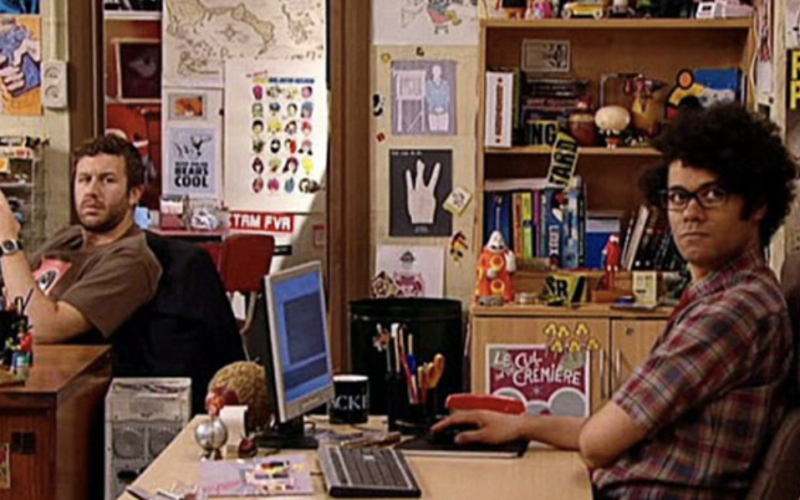Over the past few decades, we’ve seen significant changes in consumer behavior and trends. Technology is no longer for geeks only. From the rise of online shopping to the popularity of social media, these trends have reshaped the way we shop, communicate, and interact with brands. In this article, we’ll explore some of the most noticeable consumer trends since the 90s until the 00s and what they could mean for the future.
- Online Shopping
The 90s saw the beginning of online shopping, with the first online marketplace, eBay, launching in 1995. Since then, online shopping has exploded in popularity, with the rise of e-commerce giants like Amazon, Alibaba, and Walmart. The convenience and accessibility of online shopping have made it a preferred choice for many consumers, especially during the COVID-19 pandemic.
What does this mean for the future? Online shopping is likely to continue to grow, with more consumers turning to e-commerce for their everyday needs. As a result, retailers will need to focus on creating seamless online shopping experiences, including fast shipping and easy returns, to stay competitive.
- Social Media
The 2000s saw the rise of social media, with the launch of platforms like MySpace, LinkedIn, and Facebook. Social media has transformed the way we connect with others and has become an essential tool for businesses to engage with consumers. In recent years, social media has also become a hub for e-commerce, with platforms like Instagram and TikTok introducing shoppable posts and other features.
What does this mean for the future? Social media is likely to continue to play a significant role in consumer behavior, especially for younger generations who have grown up with these platforms. Brands will need to focus on building strong social media presences to engage with consumers and stay relevant.
It also means it’s important to focus on offline-experiences. There’s brands working towards this to make sure brand-experience isn’t solely online. Some great examples are custom Polaroids, Photoboots that found their way on Etsy and influencer events.
- Health and Wellness
The 90s and 00s saw a growing focus on health and wellness, with consumers becoming more conscious of what they eat and how they take care of their bodies. This trend has led to a surge in demand for organic, natural, and plant-based products, as well as fitness and wellness services.
What does this mean for the future? Health and wellness are likely to continue to be a significant consumer trend, with more consumers seeking out products and services that promote physical and mental well-being. Brands will need to focus on creating products and services that align with these values to stay relevant.
- Sustainability
In recent years, consumers have become more aware of the environmental impact of their purchases and have started to demand more sustainable products and practices. This trend has led to a surge in demand for eco-friendly products, as well as sustainable packaging and supply chain practices.
What does this mean for the future? Sustainability is likely to continue to be a key consumer trend, with more consumers seeking out environmentally friendly products and brands. Brands will need to focus on implementing sustainable practices throughout their supply chains to stay competitive.
In conclusion, consumer trends have evolved significantly over the past few decades, driven by technological advancements, changing values, and societal shifts. As we move forward, it’s essential for businesses to keep up with these trends and adapt to meet the changing needs and preferences of consumers. By doing so, brands can stay relevant and build lasting relationships with their customers.
